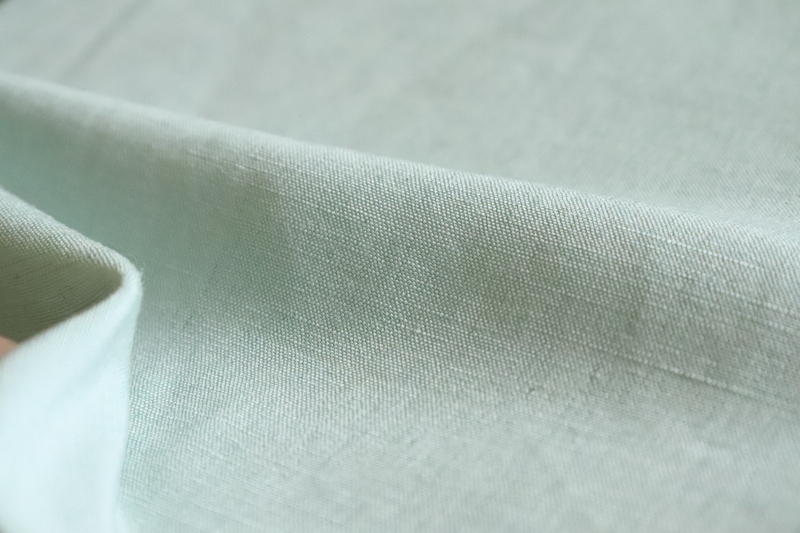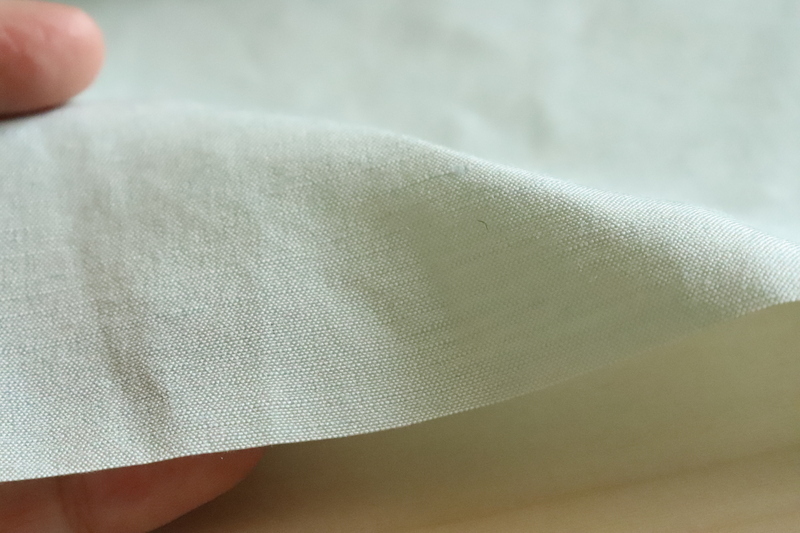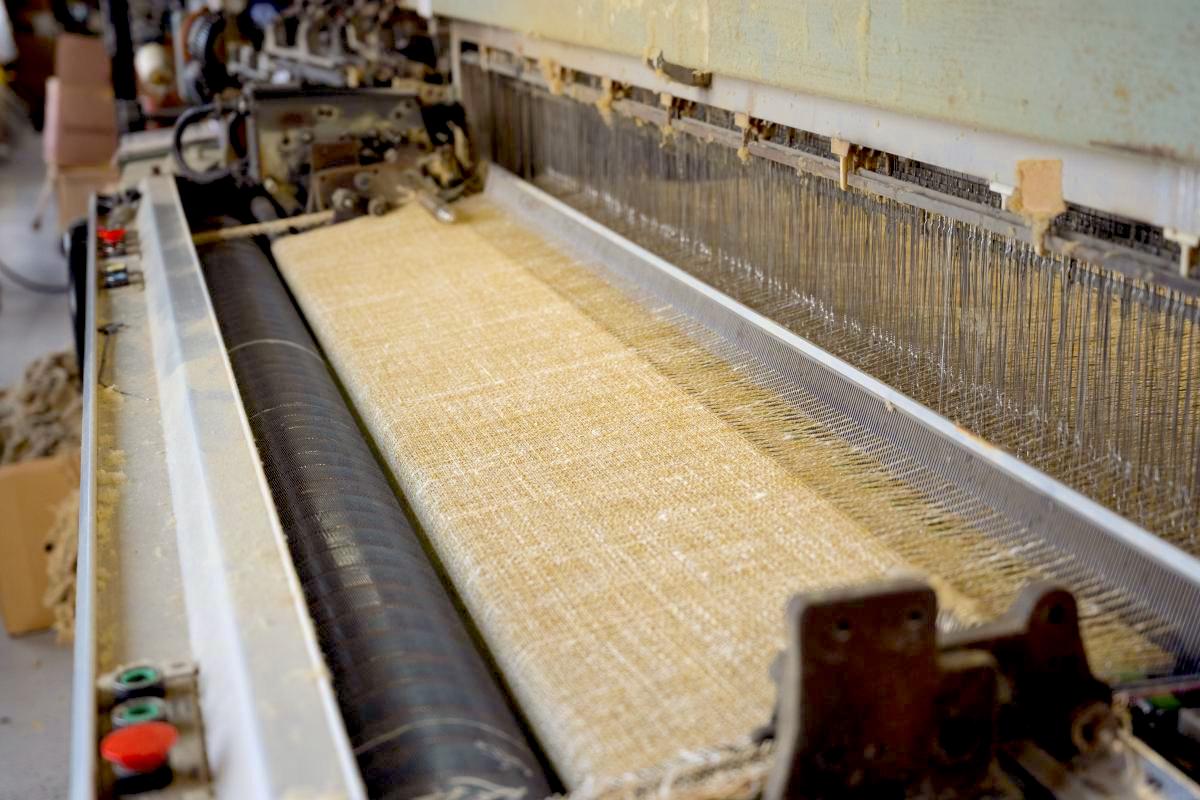• 朱子織(しゅしおり)
朱子織は、経糸と緯糸の交差する点をなるべく目立たないようにして、織物の表面に経糸または緯糸を長く浮かせた織り方です。華やかで美しい表面を持つため、豪華なデザインや高級なファッションアイテムなどに広く使用されます。また「サテン」とも呼ばれています。
朱子織は柔軟性があり、なめらかで滑らかな特徴を持っています。糸同士の交差点が少なく、複雑に絡み合わないため、生地が美しく垂れるドレープ性があります。ただし、平織りや綾織りに比べると、朱子織りの生地では糸が浮いている部分が多いため、摩擦に対して弱く、引っ掛かりやすいという欠点があります。
朱子織は中国で製織された絹織物が発祥で、貿易や文化交流の発展により、中近東の地域にも広まっていきました。特にイスラム文化の発展とともに、朱子織は重要な役割を果たしました。その後、朱子織はイタリアにも広まり、「ゼティン」として知られるようになりました。19世紀のヨーロッパで人気を博し、その後の流通過程で「サテン」として広まっていったと考えられています。この朱子織は五枚綜絖以上の機織り機でないと織れないため、どの地域でも富裕な人々の織物でした。
• Satin Weave (Shushiori)
Satin weave, also known as "Shushiori" in Japanese, is a weaving technique where the intersections of warp and weft threads are minimized to create a fabric surface where either the warp or weft floats prominently. It is widely used for luxurious designs and high-end fashion items.
Satin weave exhibits flexibility and a smooth, lustrous appearance. With fewer intersections and minimal interweaving of threads, it possesses excellent draping properties, resulting in beautiful fabric drape. However, compared to plain weave or twill weave, satin weave has more floating yarns on the fabric surface, making it susceptible to friction and prone to snagging.
Satin weave originated from silk textiles woven in China and spread to the Middle Eastern regions through trade and cultural exchanges. It played a significant role, particularly during the development of Islamic culture. Later, satin weave expanded to Italy and became known as "zatīn." It gained popularity in 19th-century Europe and gradually became known as "satin" through its distribution process. It's worth noting that satin weave requires a loom with five or more harnesses, making it a fabric produced by affluent individuals in various regions.
↓ファインテキスタイル ストライプの部分にサテン組織を入れた織物
たった3つの織物組織でも、それぞれ異なる特徴と用途を持っています。織物の組織は、私たちの生活を豊かにし、美しさと実用性を提供してくれる重要な要素です。
Even with just these three textile structures, each one possesses distinct characteristics and applications. The weave patterns of textiles enrich our lives and provide essential elements of beauty and practicality.






